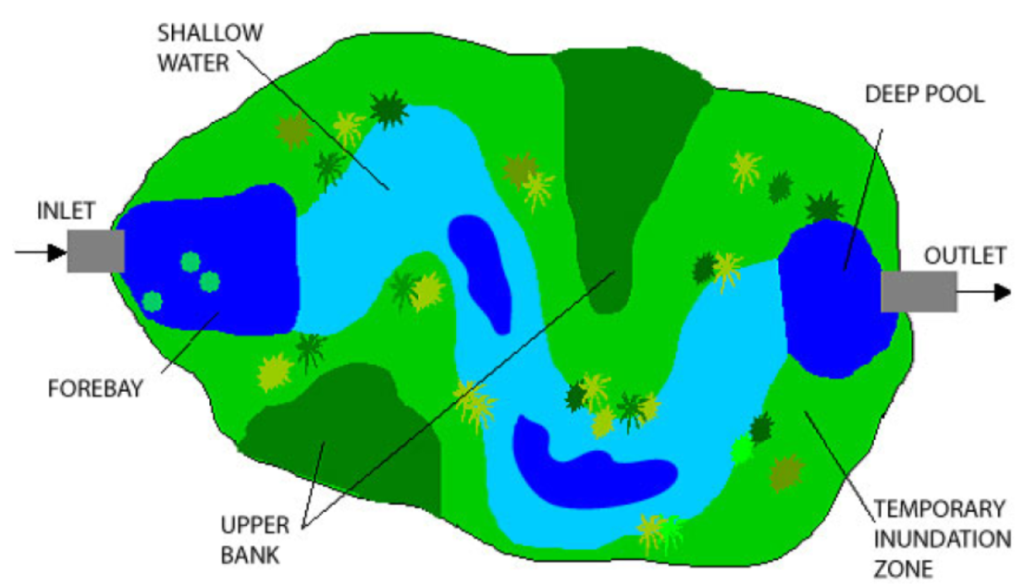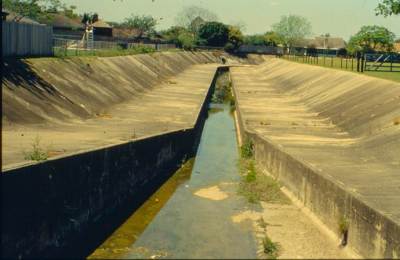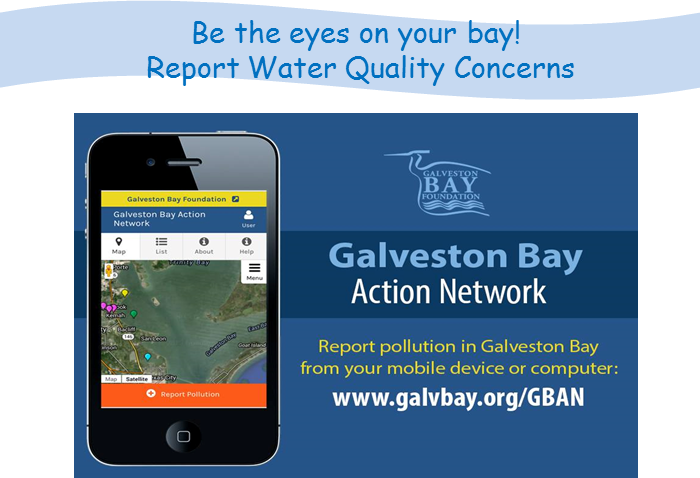Understanding Stormwater Wetlands
First things first…What is a Wetland?
Wetlands are transition areas-they have both aquatic and terrestrial features. They are dominated with plants adapted to life in saturated soil conditions. Wetlands are not necessarily wet all the time. In the summer, our freshwater wetlands on the Gulf Coast dry out completely and yet remain functional year after year.
Why are they important?
Wetlands clean water in a variety of ways. Sediments are filtered out of water by the plants themselves. The unique biogeochemistry of wetlands transforms pollutants into less harmful forms. For example, Nitrate is transformed into harmless nitrogen gas. Many pathogens are also removed by microbial predation as well as solar disinfection. Overall, wetlands perform extraordinary water treatment services that has been well understood and documented in the literature.
How do we Design our own wetlands to treat stormwater?
To design a wetland that will effectively treat stormwater, there are five major steps:
1. Selecting a suitable site
2. Sizing the wetland
3. Including the appropriate features
4. Designing the outlet structure
5. Selecting the right plants

1. Site Selection (with a new detention basin)
The location of the floodwater detention basin will determine where the stormwater wetland will go, but requirements for the wetland should also be considered in the overall location. For example, high permeability soils (i.e., sandy and sandy loam) should be avoided and the wetland site should be easily accessible for maintenance.The outlet of the wetland should be aligned with the drainage pathway of the detention basin.
2. Sizing the Wetland
The most important factor that will determine the effectiveness of the wetland is the size of wetland relative to the contributing watershed. The larger the wetland the more effective it will be at removing pollutants. Ideally, the wetland should be capable of retaining and treating a 90th percentile storm for at least two full days before another storm arrives. A 90th percentile storm for the Upper Gulf Coast of Texas is about 2 inches of rainfall. For the most developed areas of this region, the size of a fully effective stormwater wetland should be between 5% to 10% of the contributing watershed.
If a detention basin already exists, it is unlikely that a 5-10% wetland-to-watershed ratio will be achieved. Even if that is the case, any wetland area added to the detention basin will still provide some significant pollutant removal.
3. Including the Appropriate Features
To be effective, constructed wetlands need to simulate natural wetland features as well as account for the variable stormwater flow they receive. A feature common to wetlands is a forebay. A forebay will dissipate the runoff energy and collect the large particles in the runoff, which simulates deep pools often found in natural wetlands. It should make up 10-15% of the total area and be easily accessible for periodic cleanout. The deep pools should be distributed along the main pathway of the water. Both the forebay and deep pools should be 18-30 inches deep and should account for 20-25% of the total area. Another feature found in wetlands is the shallow water area. This constitutes the main course of the water, should be 2-4 inches deep and make up 40% of the total wetland area. The feature with the greatest capacity for treatment is the temporary inundation zone of the basin. It is designed to hold water, about 1 foot deep for at least a few days after the storm. Side slopes of the upper banks need to be no steeper than 3:1 and should be vegetated with plants that help stabilize soil and can survive under much drier conditions.
4. Outlet Structure
Typical stormwater wetlands are designed with two outlets. The first outlet is an overflow spillway (usually 1-foot weir) placed at the top of the treatment wetland elevation. This will allow all the water above the 1-foot elevation in the wetland to drain fast so that the wetland plants have a greater chance of survival. The second outlet is located below the weir and is designed with several holes to slowly drain 8-10 inches of standing water above the shallow water zone and below the overflow spillway. This outlet is designed to hold water for longer periods to allow for a longer treatment time.
5. Vegetation Selection
Unlike natural wetlands and wastewater treatment wetlands, stormwater wetlands have relatively dramatic and frequent changes in water depth. In the shallow water zone, water depth can increase from 3-15 inches and back again to 3 inches in as few as three days. Therefore, it is extremely important to include multiple species of wetland vegetation in each area and monitor their survival. To learn more about appropriate wetland plants, visit the Texas Parks and Wildlife Department’s Plan Information Database.

Cost and Maintenance
All the costs considered below assume the stormwater wetland would be built or retrofitted into a stormwater detention facility. Moving soil or building a wetland from scratch is also not included in the estimates below.
- Design and Engineering: as high as $8,000-$15,000 per acre
- Grading: an additional 5-10%
- Retrofit grading and construction: $5,000-$15,000 an acre
- Installing vegetation: $10,000-$20,000 an acre
- Outlet structure construction: $10,000-$15,000
- Overall cost for wetland in a detention basin designed for a wetland: approximately $40,000
- Overall cost for a retrofit wetland: $50,000
Maintenance is similar to that of a pond. Periodic dredging (every 2-5 years) would be required to maintain the depth of the small forebay. Vegetation would have to be managed, such as assessing the survival of the different plant species and removal of plant species known to harbor mosquitoes. It is best to design the wetland so it periodically dries out and can be mowed to control brush. Alternatively, a permanent inundated wetland also helps to reduce brush infestation.
A Few Health and Safety Tips
Mosquitoes should not be a problem if the wetland is designed correctly and maintained adequately.
Design the wetland with some deeper zones of permanent water where mosquito fish can be stocked.
Avoid planting certain vegetation that provides habitat for mosquitoes.
Avoid any potential drowning incidents by Including a shallow shelf along the edge of the deeper zones.
Snakes and other wildlife will be a natural part of the stormwater wetland. Small children should always be accompanied when exploring the area.
Ecological and Cultural Value
By marrying stormwater wetlands and the stormwater drainage and conveyance system we put nature back in our front yards. When we incorporate natural features into detention basins and drainage channels, they become a neighborhood amenity and could actually increase property values, much as a park does for adjacent land (Crompton, 2005). It also restores some of the habitat and landscape functions lost to development. Instead of concrete channels and basins, our communities can have ribbons of lush vegetation that add character and provide opportunities for contact with nature for all of our citizens. Stormwater wetlands allow us to improve water quality as well as quality of life as we add beauty and ecological functionality to our communities.

VS.









